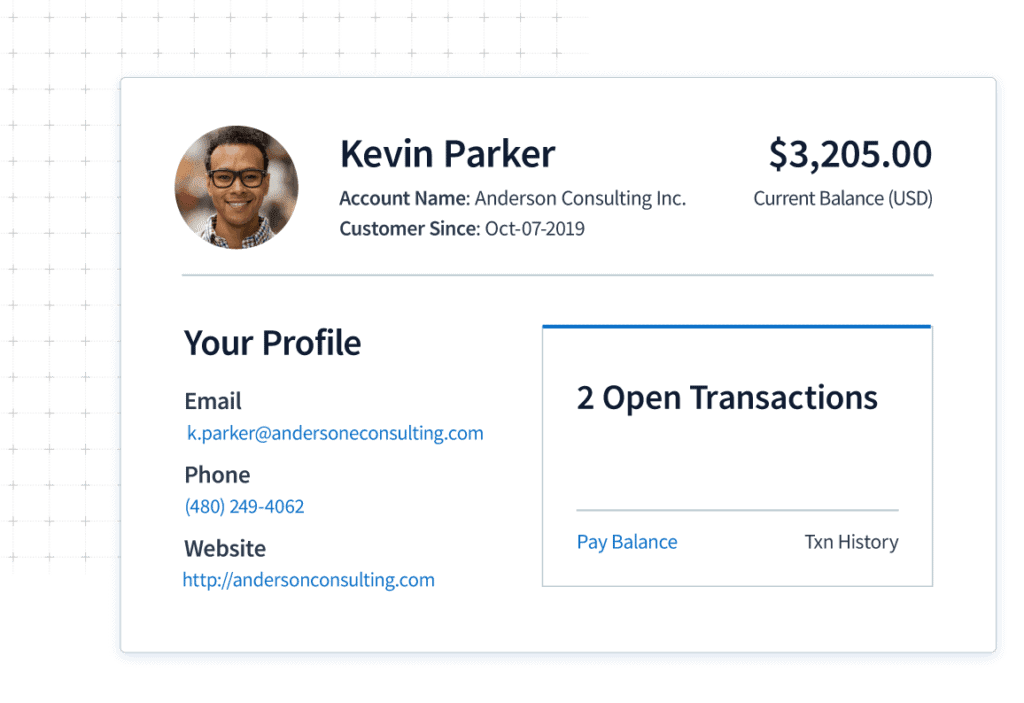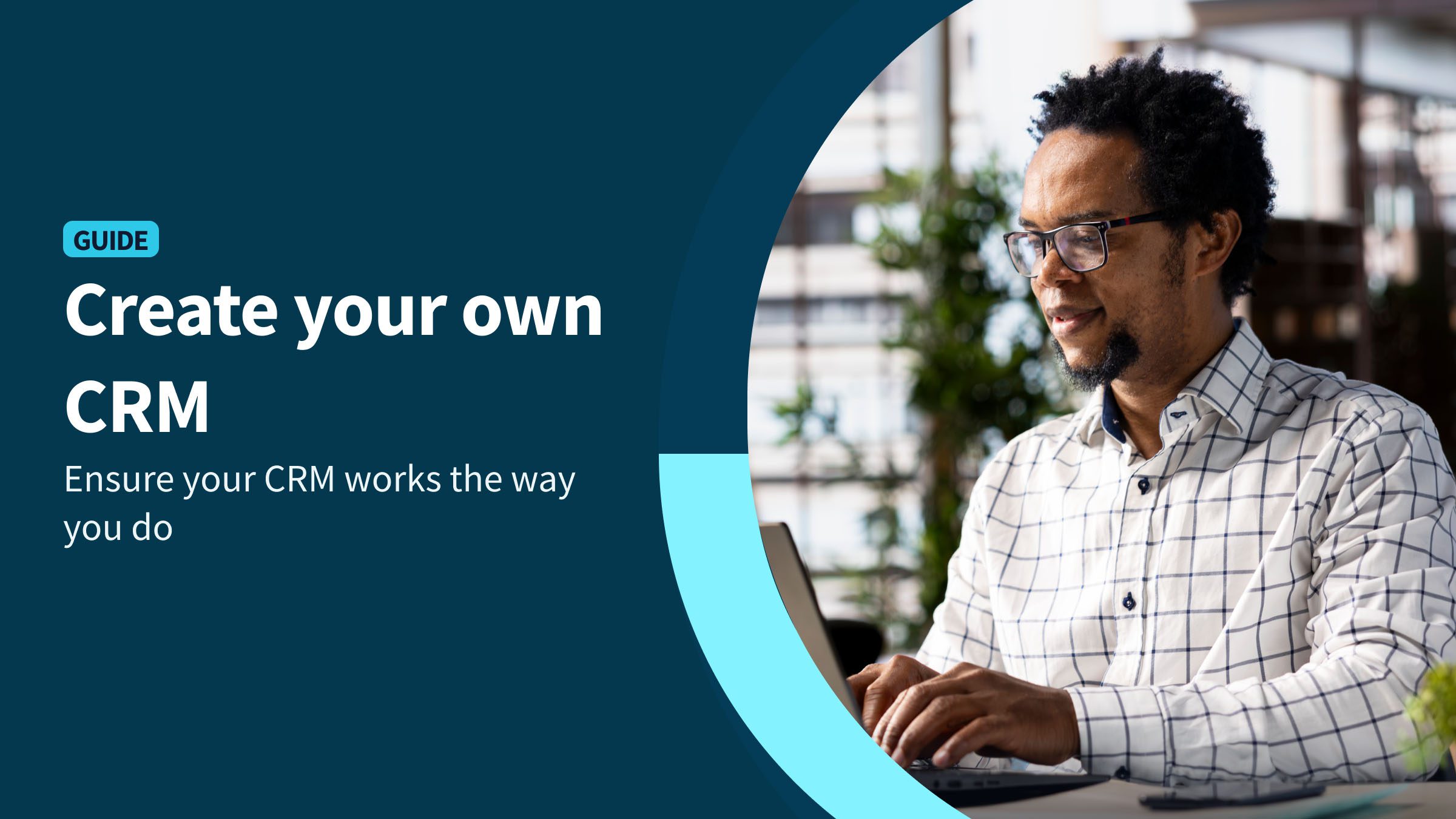Creating great customer experiences is essential for any business. It makes the difference between your customers staying with you or taking their business elsewhere.
In this ultimate guide, you’ll look at how to measure customer experience, and 7 customer experience improvement strategies you can use to create an exceptional customer journey.
Let’s get started!
What is customer experience?
Customer experience is your customers’ holistic perception of their experience with your business or brand. It refers to how you engage with your customers at every stage of their buying journey, including your marketing, sales, and customer service efforts.
Is customer experience the same as customer service?
Although customer experience can be mistaken for customer service, there’s a clear difference between the two.
Customer service refers to a single event in the customer journey. Customer experience, on the other hand, is all the experiences your customer has with your brand.
Why creating great customer experiences is important
Now that you’ve learned what customer experience is, it’s crucial to understand why it’s so important for your business.
Let’s dive into the top reasons for creating great customer experiences.
Boost your sales
Companies with a superior customer experience bring in 5.7 times more revenue than their competitors.
Put simply, customers are willing to pay more for a better experience. But it’s more than just influencing that one customer. 71% of customers recommend a product or service after receiving a great experience.
If your customer’s experience is not meeting their needs, it’s worth creating great experiences to support their journey.
Increase your customer loyalty and retention
What’s the best way to build customer loyalty? By offering an unforgettable experience.
When a customer feels satisfied with their purchase process and the relationship they have with your brand, they are motivated to come back again.
In fact, 64% of organizations believe that creating great customer experiences is the best way to increase customer lifetime value (CLV). CLV is the total income a business can expect from a customer over their entire relationship.
How to measure customer experience
So you’ve decided to focus on creating great customer experiences. But how do you measure your current customer experience?
Survey customer satisfaction
While there are different options available for customer satisfaction surveys, there’s no agreement on which one is best. A few popular ways to measure customer satisfaction are:
- Customer Satisfaction Score (CSAT): Measures on average how satisfied or unsatisfied customers are with your product or service. It’s best to try and get a CSAT score within 15 minutes of an interaction.
- Customer Effort Score (CES): Very similar to CSAT, but instead of asking how satisfied the customer is, you ask how easy their experience was.
- Net Promoter Score (NPS): Gauges how likely it is that a customer would recommend your company to a friend or a colleague. You get to measure satisfaction as well as loyalty by subtracting the percentage of detractors from the percentage of promoters.
Identify reasons for customer churn
Customer churn refers to the percentage of customers that stop dealing with your product or service during a certain time period.
Having some customer churn is inevitable, but when you have a high churn rate, you want to narrow down the reasons.
Some common reasons are that you don’t understand your target audience well enough, or that your service simply isn’t up to scratch.
By listening to your customers you can discover the emotion, intent, and effort behind their behavior. Usually, customers indirectly tell you their reason for churning before they leave.
You can conduct a churn analysis to really nail down the cause of a high churn rate.
Analyze support ticket trends
There’s a wealth of information coming from customers in support tickets. Analyzing this data at a large scale with AI helps you pinpoint the issues your customers are facing.
It can also shed light on customer suggestions for improvement and in turn, create customer experience improvement strategies for you to action.
The impact of a bad customer experience
There are some expensive consequences to a bad customer experience.
In fact, 32% of customers say they stop dealing with a brand after one bad experience. Not to mention how quickly news of that negative experience spreads through word of mouth.
Aside from venting their frustrations out on social media, highly unsatisfied customers start looking for other providers right away.
7 customer experience improvement strategies
So, now that you know the value of creating great customer experiences, what’s next?
Let’s look at the top customer experience improvement strategies for 2023.
1. Map your ideal customer experience
When it comes to customer experience improvement strategies, mapping your ideal customer experience is the first step.
A customer experience map breaks down activities such as the phases of a purchasing journey, listing all their touchpoints.
It helps you see your customer experience to highlight pain points and opportunities.
It’s important your customer experience maps are based on customer research, so that they’re not internally-driven process flows! Creating customer personas and identifying customer goals goes a long way in creating your ideal experience.
2. Build emotional connections with your customers
Great customer experiences are achieved when you create an emotional connection with a customer.
Building an emotional connection can be as simple as offering perks on a customer’s birthday or helping them during their time of need. For example, upon hearing that a customer’s mother had passed away, Zappos arranged to pick up their product for return and sent flowers, at no cost.
When a customer is emotionally attached and remembers how they feel when using a product or service, they become loyal customers.
3. Take customer feedback seriously
It’s important to not only assess what’s working for your customers, but deal with negative feedback constructively to improve their experience. When you respond to a customer’s concerns, they feel heard and appreciated.
In an ideal world, hearing the thoughts and sentiments of every customer would be possible. But as your small business grows, it’s not possible to have a 1:1 conversation with each customer.
Luckily, technology allows you to take open-text feedback from customers and analyze it at scale, so you can increase your capacity to listen.
For example, tools like Text iQ make it possible to process large volumes of written feedback and give you the big-picture trends you need to know.
4. Develop quality frameworks for your team
A customer experience framework is a key part of customer experience improvement strategies. A good customer experience framework allows you to focus on what matters the most — your customers.
A popular customer experience model is the 5 Category Framework model which has five central focuses: senses, processes, communication, expertise, and relationships.
According to the model, your aim is to improve each of these categories as it has a direct impact on your customer’s experiences.
5. Optimize your tech stack to meet customer needs
AI and machine learning are built for creating great customer experiences. Some examples include chatbots available for your customers 24/7 and natural language processing that allows you to understand what customers mean in free-form texts.
The latest technology allows you to scale faster and more affordably while meeting your customers needs. It’s essential to use them to your advantage in your customer experience improvement strategies.
6. Empower your customers with the information they need
Customer empowerment is about creating great customer experiences with valuable information and tools.
When customers feel confident that they can control specific issues, their overall satisfaction and loyalty towards your product or service increases.
Not to mention, your costs drop and efficiency increases when customers have the ability to resolve issues themselves.
A few ways to focus on this strategy includes:
- Access to free video resources.
- Online chats with customer service in real-time.
- Proactive emails based on personalized product recommendations.
7. Personalize your touchpoints with customers
Customers today have endless options to choose from, so it’s important to differentiate your offering. One way to do this is by personalizing experiences across the customer journey.
For example, a website usually serves as your storefront or the first interaction with your brand, so think about how it affects the way your customers feel about your product or service.
User data from website visitors can help you create targeted promotions and recommendations. For example, Amazon offers shoppers personalized recommendations once an item is added to their cart.
An Accenture study found that 91% of customers are more likely to buy from companies that:
- Know their name.
- Provide personal recommendations.
- Know their preferences.
But remember, creating great customer experiences doesn’t stop at the purchase stage.
Building rapport by following up with a thank-you email or finding relevant, cross-selling opportunities are excellent ways to take your customer experience improvement strategies to the next level.
Use CRM to create the best customer experience
A CRM tool allows you to go above and beyond expectations to deliver amazing experiences. Below are some of the ways a CRM takes you further.
Track customer interactions
Consistency is key in creating great customer experiences and building customer loyalty. Imagine that your customer connects with a live chat representative today but is forced to repeat all the information they sent in an email yesterday.
It wouldn’t be the best experience for them, would it?
An effective CRM:
- Tracks all customer interactions.
- Stores all your customer information in one place.
- Streamlines customer communication.
- Builds a successful digital experience for your customers.
Solve support requests
A good CRM allows you to create automated workflows that send notifications to your team to deal with a customer the second they send a service request.
Ideally, you connect your CRM with Google Chat, Slack, Telegram, or the other communication channels you use.
After a while, you notice that your customers face similar problems that can be tackled with similar solutions.
Save your responses to common problems in your CRM as email templates to simplify your process and serve your customers sooner.
Use time-based alerts from your CRM to take it a step further by ensuring that no customer requests fall through the cracks.
Offer self-service with customer portals

Customers want to be in charge of their service experience, and resolve issues quickly without waiting for service reps.
A self-service portal empowers customers with access to the resources they need to perform tasks independently.
It’s a single entry-point to your business’ self-service functions, which include your knowledge base, FAQs, administrative capabilities, and more.
Enter Method CRM
Method CRM is a powerful tool that transforms your customer experiences.
Method CRM’s customer portals allow customers easy, 24/7 access to their accounts online. Through these self-service portals, customers view and pay their invoices as well as update their information instantly.
All their information syncs to QuickBooks or Xero, so there’s no need to worry about double-data entry.
Instead of cluttering your accounting data in QuickBooks or Xero with leads, you can manage your information in Method CRM. Then, have leads sync to your accounting software when they become customers.
Method CRM also makes it easy to access client history anytime. You get a centralized view of past interactions, project details and accounting transactions. This makes it easy to deliver exceptional service to customers.
Recap: Creating great customer experiences
The experience that a customer has with your brand at every stage of the buying journey is critical, as it influences your sales and builds customer loyalty.
Creating great customer experiences is possible with Method CRM, as it includes:
- Self-service portals to retrieve invoices, make payments, and more.
- A powerful two-way sync with QuickBooks and Xero.
- A 360-degree view of your client history.
See how to transform your customer experience with Method CRM!
Image credit: Odua Images via Adobe Stock






